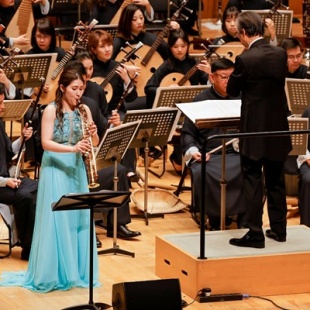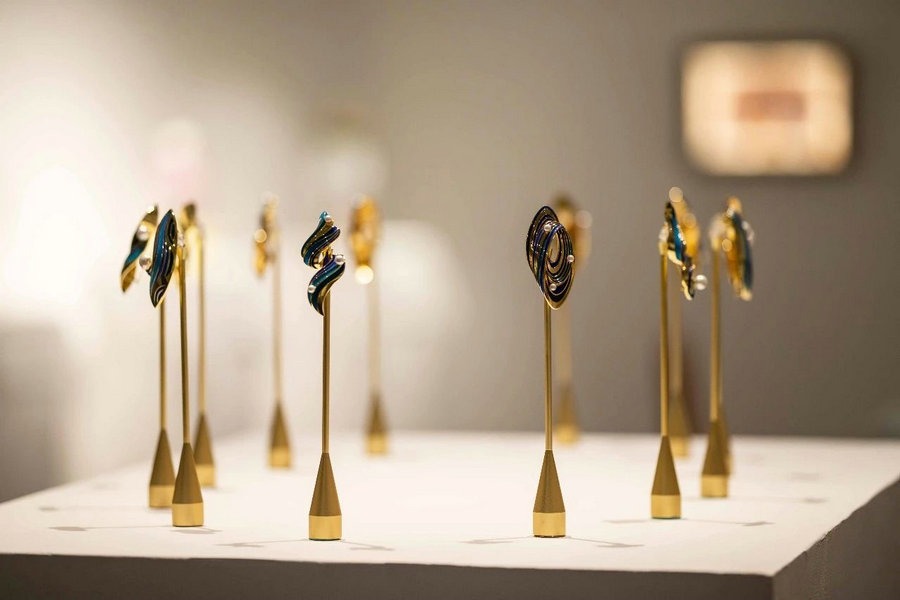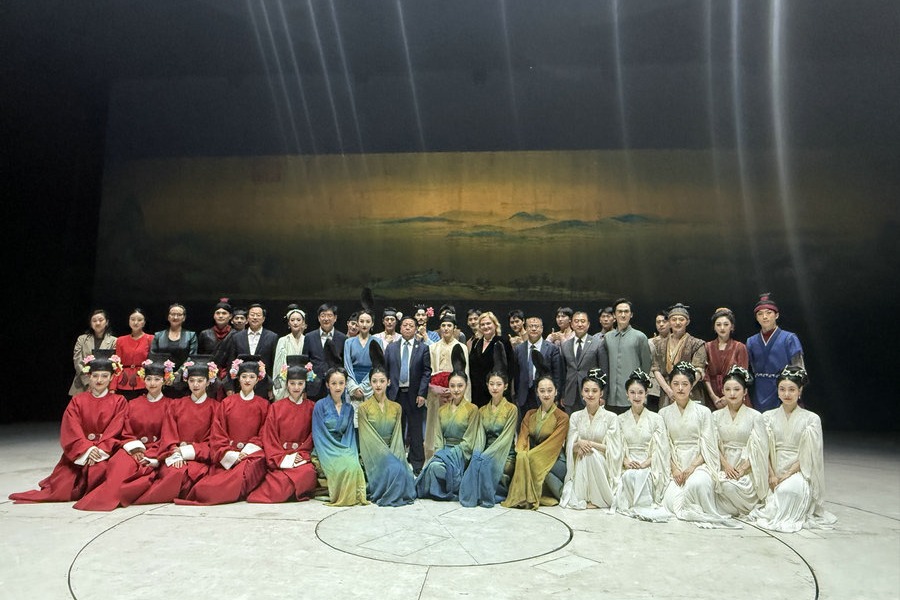Japan echoes traditional tunes with artists from HK Chinese Orchestra


In Yan's view, the similarities between Chinese and Japanese traditional music were one of the main drivers behind their success.
"Throughout history, Japan has been heavily influenced by China in music and musical instruments. From the 7th century to the present day, Japan has been incorporating Chinese music and instruments into its own culture, creating a unique blend of Japanese and Chinese musical traditions, which eventually evolved into the traditional Japanese music we know today," Yan said.
As a matter of fact, the musical exchange between China and Japan dates back to Tang Dynasty when Japanese Heian court musicians were sent to China to learn and study Chinese music. A manifesto of this exchange was the introduction of Chinese musical instruments to Japan, such as the pipa, sanxian and zheng.
As a result, many of the oldest Japanese instruments, such as the koto and the shakuhachi, were modeled after their Chinese counterparts. The shamisen, which became popular in Japan during the Edo period and is now an integral part of Japanese music, has been influenced by the Chinese sanxian but holds a longer neck and a broader body.
In order to arouse widespread resonance and to preserve the wondrous sound of the age-old instrument, Zhao Taisheng, principal sanxian performer of the HKCO, gave a solo during the encores of every concert in Japan.
Zhao regards the sanxian as an important part of Chinese folk music tradition and warns against its contemporary marginalization.
"In the early decades of the 20th century, the number of students of the sanxian was similar to that of those studying other traditional Chinese string instruments such as the pipa or guzheng. However, the instrument began to lose popularity with the adoption of Western orchestral styles, which preferred softer harmonies," Zhao said.
According to Zhao, although he regrets that a lot of professional and large-scale orchestras lack this type of instrument, HKCO has accommodated two sanxian performers and the inheritance of the art of sanxian has been greatly encouraged by all the support and interest he and his sanxian have garnered while performing in China and abroad.
Just like tours in Japan, Zhao said his self-accompanied singing performance of Song of the Black Earth on sanxian won standing ovations when on tour in Russia, Singapore and Estonia.
"I have countless memories of my performances being well-received, and these experiences have encouraged me to work harder to carry the art of the sanxian forward," Zhao said, vowing to continue striving to keep the instrument a living part of Chinese culture.
XU WEIWEI in Hong Kong contributed to this story.





































